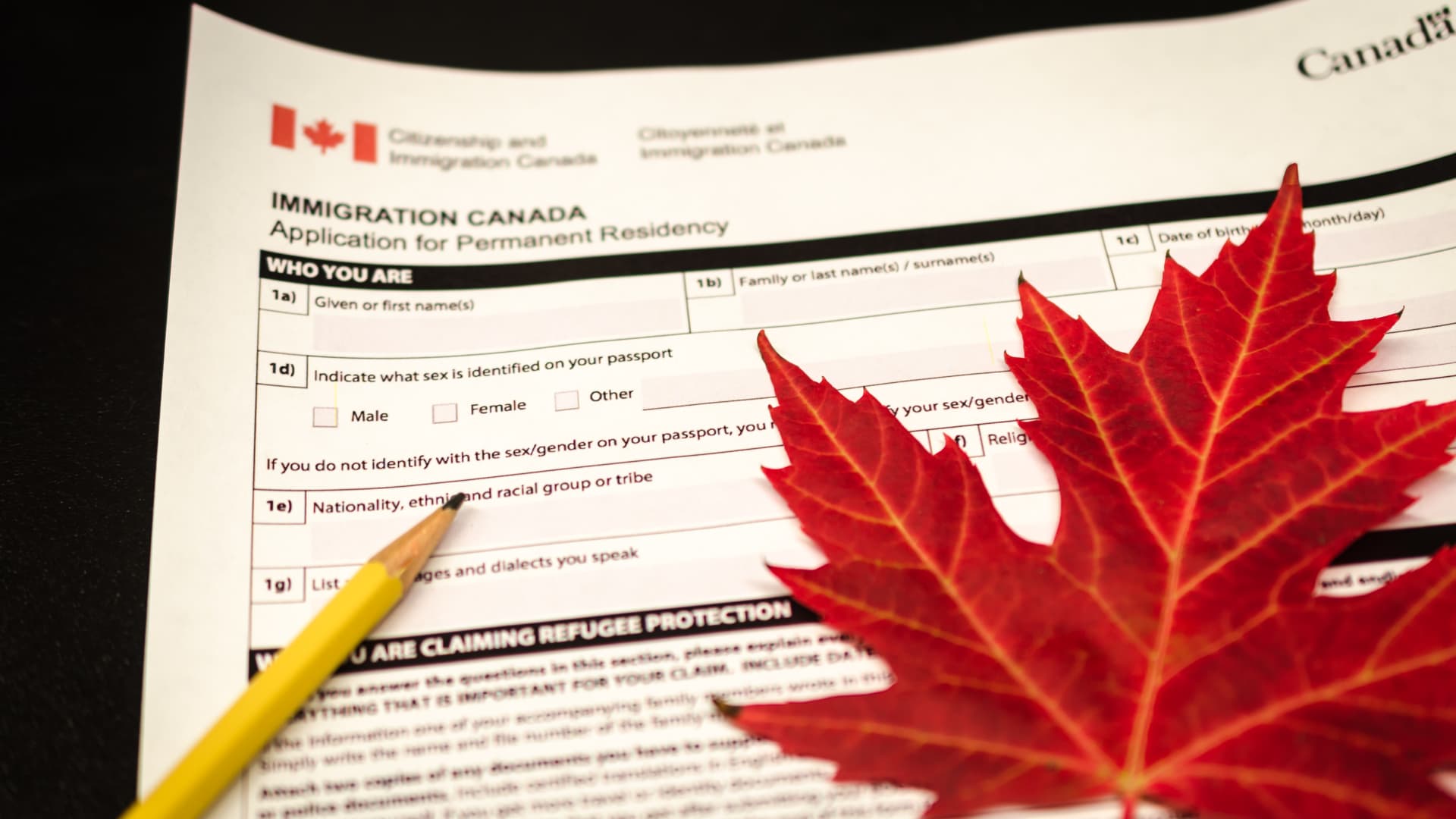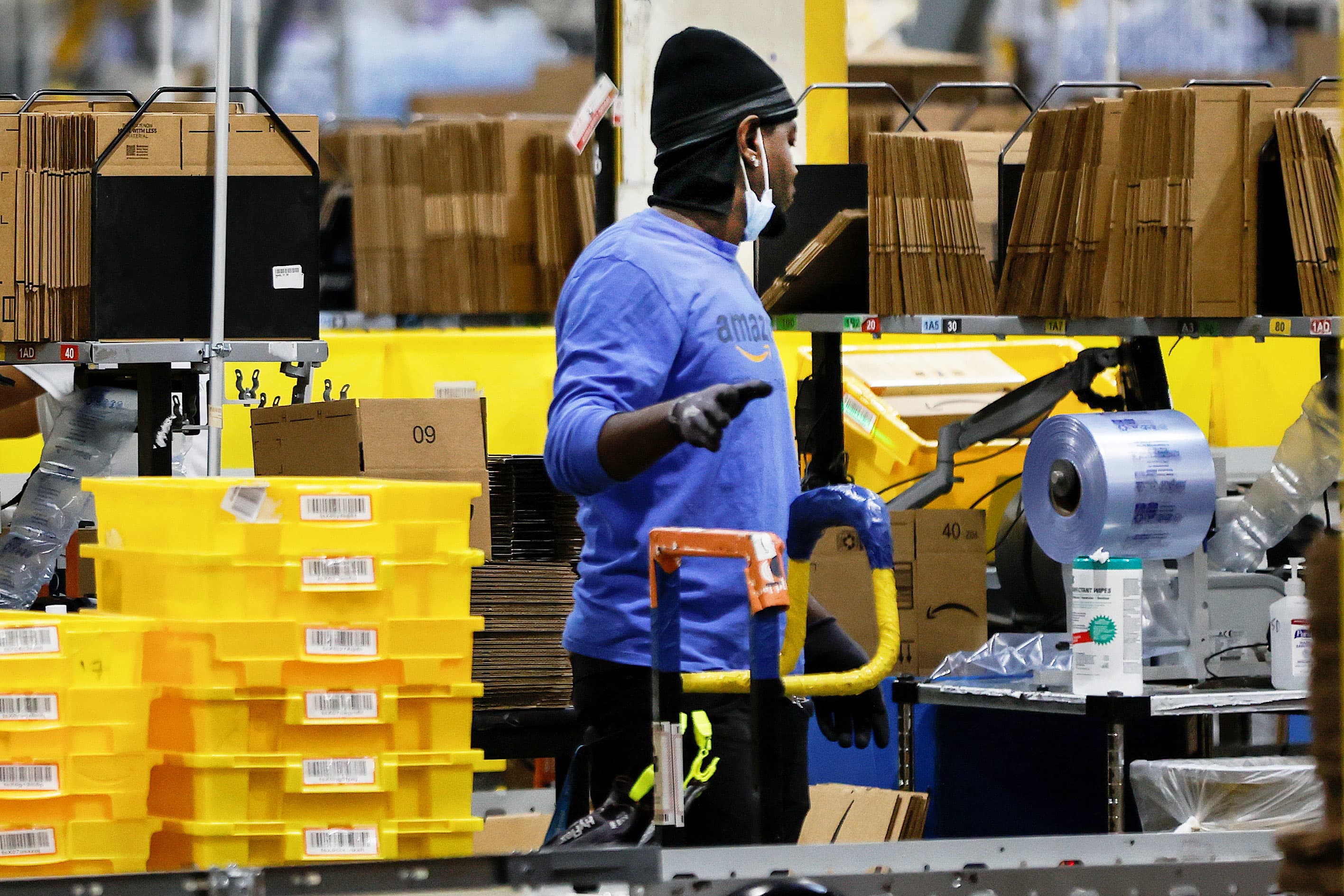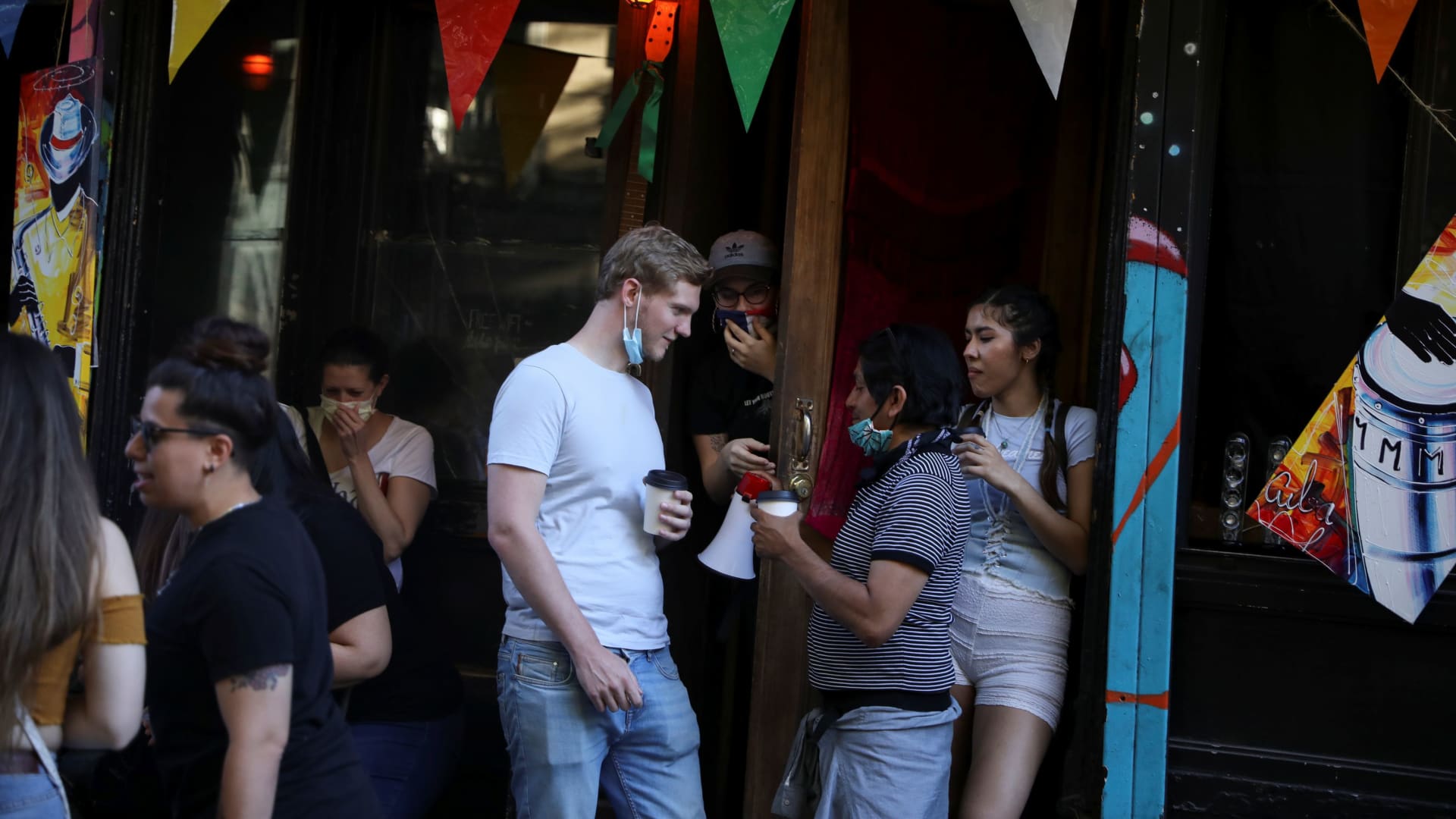The U.S. has lost thousands of tech workers to Canada — here's why
The Canadian government says more than 6,000 U.S. H-1B visa holders had arrived in Canada so far this year.

As of last month, the Canadian government says more than 6,000 U.S. H-1B visa holders had arrived in Canada so far this year. That's after massive layoffs left high-skilled foreign H-1B holders in limbo.
"The highly educated foreign national is really at the mercy of the U.S. employers," said Annie Beaudoin, a former Canadian immigration officer.
The H-1B program targets highly educated and specialized foreign workers in fields such as tech and health care. Big tech companies like Amazon, Google, Microsoft, Meta and Apple all sponsor thousands of applicants each year.
The visa has become increasingly competitive since its creation in 1990. For 2024, the U.S. Citizenship and Immigration Services received 758,994 eligible applications, but only 188,400 were selected for the final drawing to get an H-1B visa.
"It is very stressful," said Harnoor Singh, a software engineer at Microsoft and H-1B visa holder from India. "It took me three times to get accepted in the lottery."
Layoffs hit the tech industry early this year, with Microsoft letting go of 10,000 employees in January and Amazon cutting 18,000 jobs around the same time. The labor market shake-up meant that H-1B visa holders who were laid off had up to 60 days to find a new sponsor, transfer visa status or face deportation.
Frederick Anokye is from Ghana and was a real-time defect analysis engineer at Micron. He's one of the unlucky H-1B holders hit by the layoffs.
"I'm still looking for jobs in the U.S.," said Anokye. "It's not easy. Even certain companies are still laying off."
On July 16, Canada capitalized on the situation.
It launched a pilot program for up to 10,000 U.S. H-1B visa holders to apply for a three-year open work permit in Canada. The applications reached capacity the next day and, as of October, the Canadian government says more than 6,000 work permits have been issued as U.S. foreign H-1B holders arrive at its border.
"This is unprecedented," said licensed immigration consultant Kubeir Kamal of the College of Immigration and Citizenship Consultants. "Never heard of any similar program in the past."
Shivastuti Koul, an H-1B holder from India who was laid off from Microsoft, jumped on the opportunity.
"My main reason was to have a sense of security," said Koul. "I wanted to make sure that if nothing pans out, I can get a Canadian work permit and apply for positions in Canada before my grace period expires. I can just move."
The program is a part of Canada's Tech Talent Strategy, a larger multiyear plan to recruit the world's top tech talent. A CBRE study found that Canada's tech market has grown 15.7% since 2020, outpacing the U.S., which grew 11.4%. The study also shows that Canada now has 1.1 million tech workers, and Toronto and Vancouver ranked among the top 10 tech cities in the U.S. and Canada.
"Currently it is my plan to try to move to Canada if I'm not able to find anything here within the U.S. as soon as possible," said Anokye. "Canada is also a great country, especially for immigrants."
Canadian Immigration Minister Marc Miller wasn't available for an interview, but a spokesperson said in a statement that, "The immense interest in Canada's new H1-B application stream is a strong indication of just how competitive Canada is on the global stage. When it comes to attracting international talent, we remain a top destination."
To learn more about how Canada is targeting H-1B visa holders, watch the video.

 Lynk
Lynk 






























